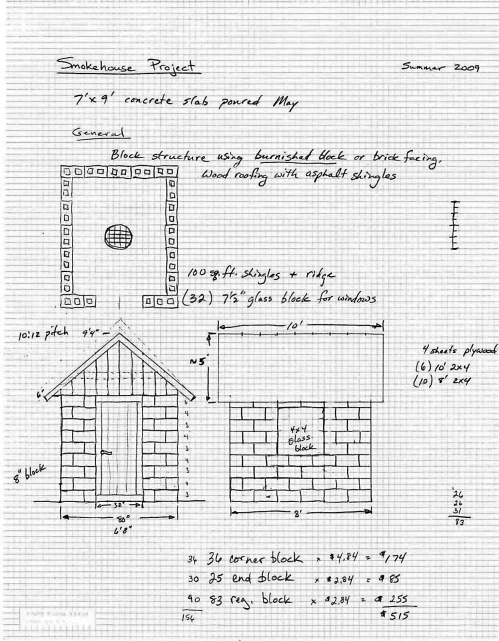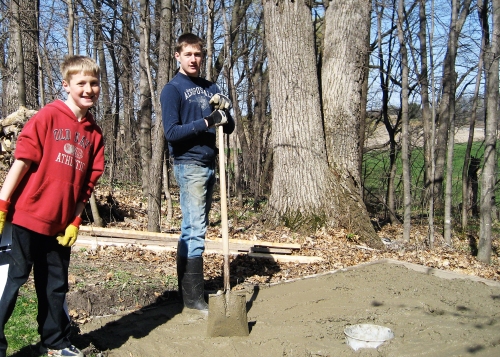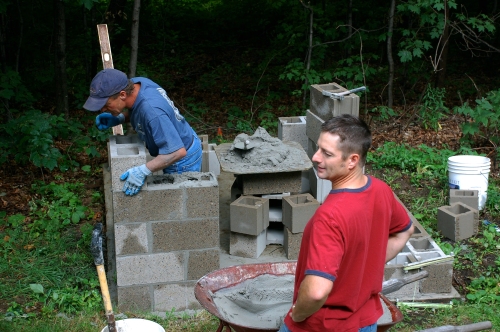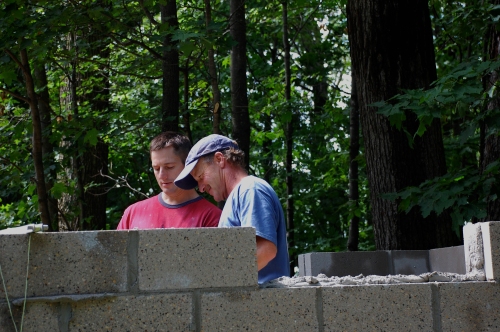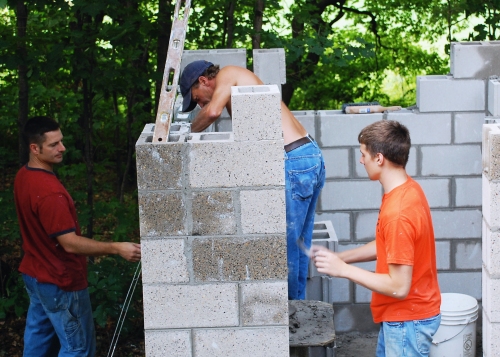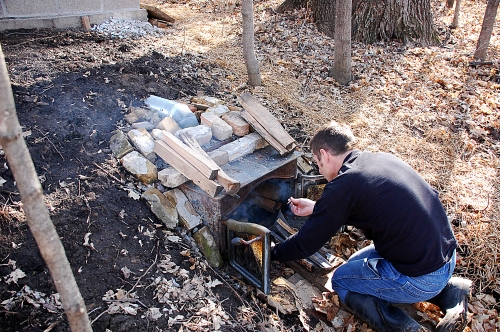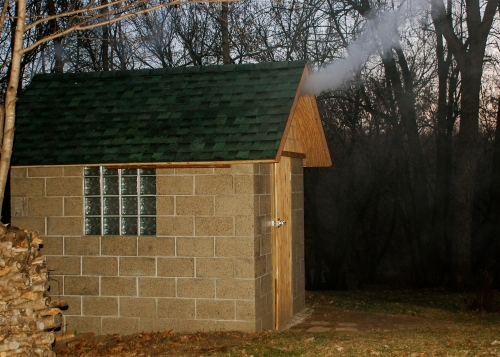We have known our friends Paul and Rashimah for a long time. Paul has worked with my father in the real estate business for years and their daughter is a good friend to our daughter of the same age. He is also an experienced beekeeper and was generous with his time and wisdom in mentoring us through our first summer with bees last year. Rashimah is a native of Thailand and they met while Paul was working overseas. They are kind, generous, worldly, open-minded, interesting….you get the idea. We love being around these people.
In addition to these many great qualities, Rashimah is also an amazing cook. Food prepared by her is always the main attraction at any potluck. The personal favorite of myself and many others, are Rashimah’s fresh and fried spring rolls. After searching out and occasionally attempting recipes for spring rolls, I was always left disappointed. They were never as tasty or neatly rolled as Rashimah’s.
My sister and I finally mentioned to Rashimah that if she was willing, we would love to learn her secrets and techniques for the perfect spring rolls. She generously offered to teach us and our schedules finally allowed us to have our lesson in Thai cooking last Sunday. Paul and Rashimah invited us into their home, where Rashimah walked us through making fresh and fried spring rolls, Pad Thai and her version of fried rice. I took photos along the way and my sister took notes so that we could try to produce results similar to her cooking on our own. Rashimah sells her delicious food at various music festivals during the summer, so of course I can’t give away all of her “secrets” to the perfect spring rolls.
We enjoyed a lovely traditional Thai appetizer to start out our cooking lesson. The platter included dried shrimp, toasted coconut, cashews, diced onions, ginger, and limes.
Rashimah demonstrates how to eat the snack by folding up the lettuce and placing a little of each ingredient inside, topped off with a drizzle of maple syrup. She explained that in Thailand they would use some other sweetener rather than maple syrup, but since her and Paul produce maple syrup on their farm, that is what she prefers to use. The combination of flavors and textures made a light and fresh tasting snack!
Our first lesson in Thai cooking was to learn how to make fried spring rolls. Rashimah prepared the mixture of shredded chicken and cabbage for the filling.
She then demonstrated how to roll the spring roll tightly so that it fries up nice. She makes it look so easy.
Next, we fried the spring rolls in hot oil until they were golden brown.
Moving on to my absolute favorite….the fresh spring rolls. We started out by preparing a beautiful platter of fresh ingredients. There are no hard and fast rules on what to put into the fresh spring rolls, but she had cut up chicken, fried tofu, carrots, cucumbers, lettuce, cilantro, mint and basil. We also had thinly sliced eggs and some rice noodles to add.
In the photo below, I am carefully laying the ingredients on to the rice paper before I attempt to roll it all up. In the past, my problem has always been that I end up tearing the rice paper as I’m rolling in the ingredients. After watching Rashimah, I realized that I have most likely soaked the rice paper too long, thereby making it weak and more prone to tearing. Following her example, I had no issues rolling up the spring rolls. I still couldn’t get mine as tightly rolled as Rashimah, but she assured me that this would come with practice.
The finished product. Beautiful. Fresh. Healthy. Delicious.









